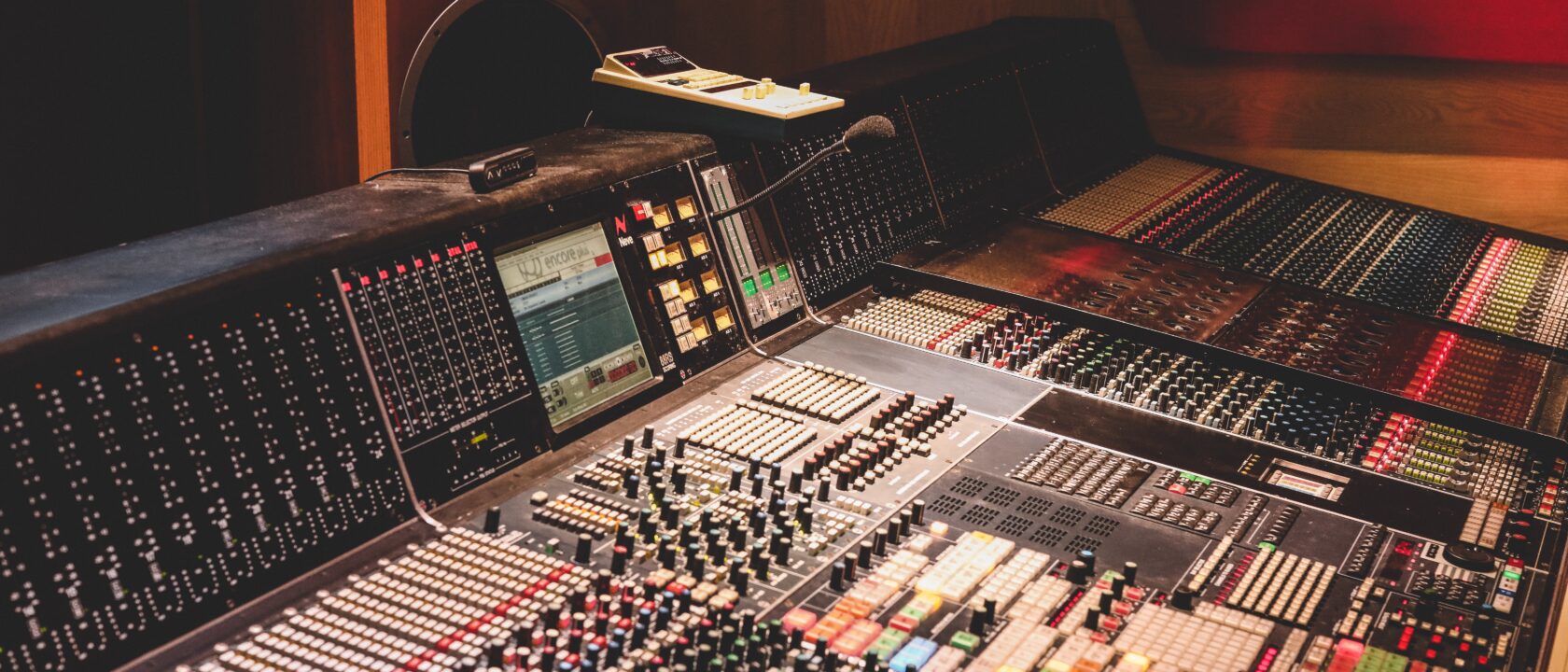Any way of minimizing noise intensity in relation to a particular noise source and receiver is referred to as soundproofing. Increase the gap between the transmitter and destination, use buffer zones to transmit or suppress the audio signals’ energy, use damping devices such as sound baffles, or use effective noise suppressor sound amplification are all common ways to minimize sound.
Interior Sound Proofing Options
Many types of soundproofing options are available for you to choose from. All you have to do is to figure your requirements and choose one of them wisely or simply incorporate them to meet your demands.
Soundproofing In the Ceiling
· As the first phase for ceiling soundproofing, filling cracks and crevices around electrical systems, water mains, and paneling with electrostatic sealant or spray adhesive will greatly minimize unnecessary noise.
· Because of its consistency and reduced cost compared to other sound insulation materials, natural fibre padding is the most widely used in soundproofing.
Soundproofing Of the Walls
· Locations, light fittings, and electricity equipment in the wall are all problem areas in any soundproofing procedure. Wrapping electric frames in cement or adhesive and backing them with MLV is recommended.
· Audio can only be blocked by mass. Plasterboard, plywood, and concrete are all examples of mass.
· Mineral Fibre Padding is used to cover the walls.
· Because of its higher STC value, soundproof plywood is suggested for installation.
Soundproofing Of the Floor
· The most effective way to build soundproof hardwood floors is to create a space between the girder and the flooring plywood.
· Adding more carpet padding and curtains to the space can help to minimize unnecessary reflections.
A Studio within a Room
· A studio within a room is one way of separating sound and stopping it from reaching the exterior world, where it may be disruptive.
Various Methods to Use in Studio
The soundproofing of a studio is achieved by using a blend of various strategies:
1. Density
To stop noise from entering or leaving a room. The studio’s walls need a lot of mass to keep them from buzzing in reaction to acoustic pressure. When constructing a studio from the ground up, sufficient mass may be applied to the wall by merely making it dense and using a thick material such as cement. However, supplementary frameworks must be constructed using materials to provide mass to an available structure.
2. Damping Strategy
Damping is a sound insulation process that disperses kinetic energy from vibrations by transforming it to heat, similar to incorporating mass. Green Glue is commonly regarded as the most efficient damping agent available.
3. Decoupling Strategy
When two materials in your place are directly in contact with one another, sound signals from one can easily move to the other, exacerbating the original issue. Decoupling prevents sound propagation by separating the touchpoints, which is normally achieved with thick, flexible rubber.
4. Getting Rid Of Air Gaps
The last stage in sound insulation is to ensure that all of the tiny gaps and cracks in the studio are fully secured. Even after finishing the first three tasks, some open gaps allow noise to move through easily.
Is Soundproofing A Must-Have For A Studio?
As you’ve seen, sound-insulating space is a massive undertaking that necessitates time, resources, and skills that the majority of us lack. As a result, most home studios either miss it altogether or do the maximum they can with their scarce funds. And that’s perfectly right. And, while outside sounds can be distracting at times, they’re typically only present for a short time; you can indeed find quiet hours throughout the day to function in harmony, even if you don’t have any soundproofing.
Concluding Notes on Noise Reduction
Since noise is indeed a difficult problem to solve in music production, some people would give up. Alternatively, you can depend entirely on noise-reducing modules, which have increased in popularity over the years. However, the issue with these plugins is that they can’t delete the negative sound (noise) without considering the performance of the good sound (the music).
And they aren’t supposed to. Since these modules were initially developed for audio forensic analysis, not entertainment. So working on reducing noise until it is documented is a better approach than working on it once it has been recorded. And you should have no trouble doing so have your own variation of the approaches outlined in this article.
